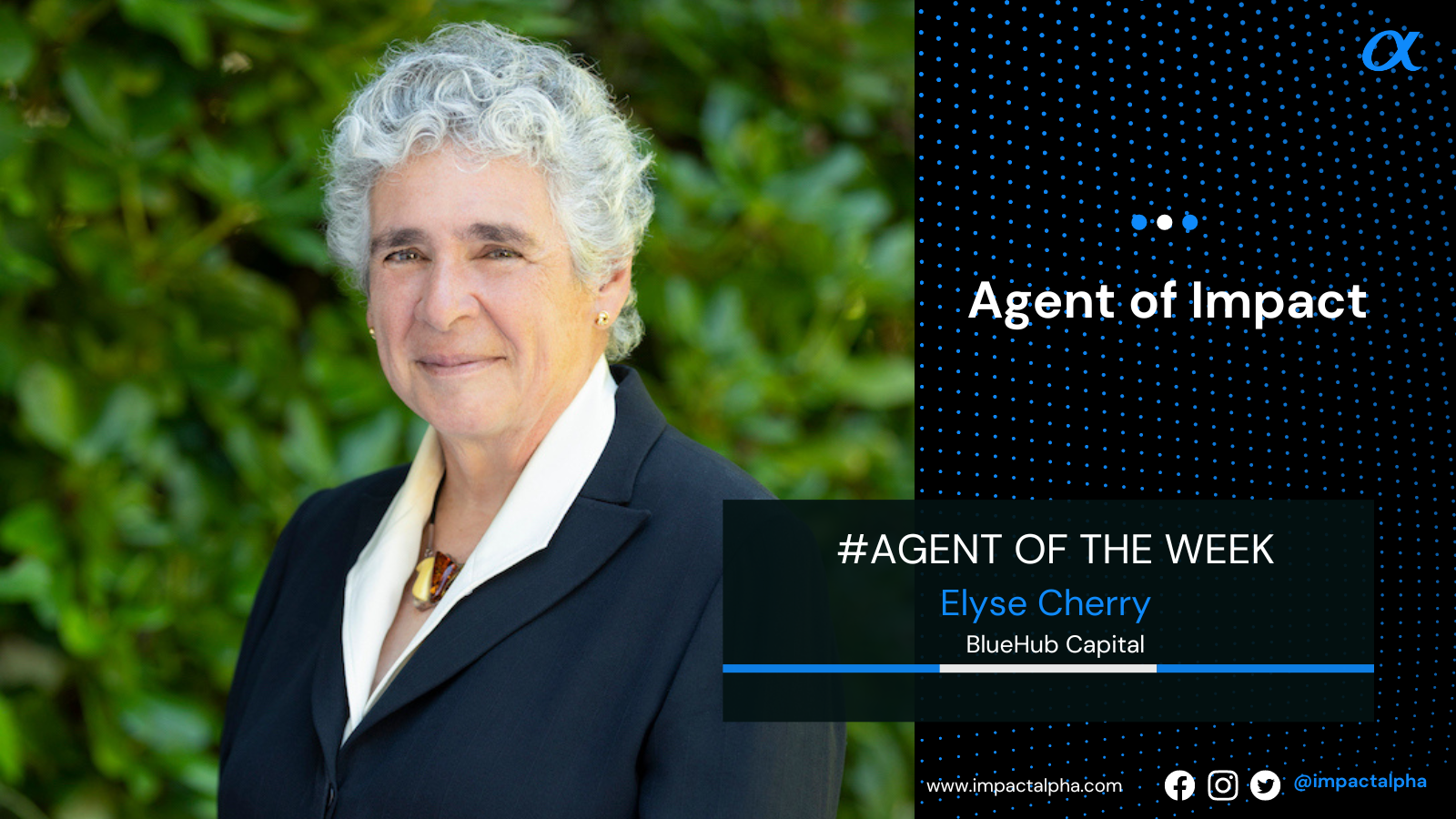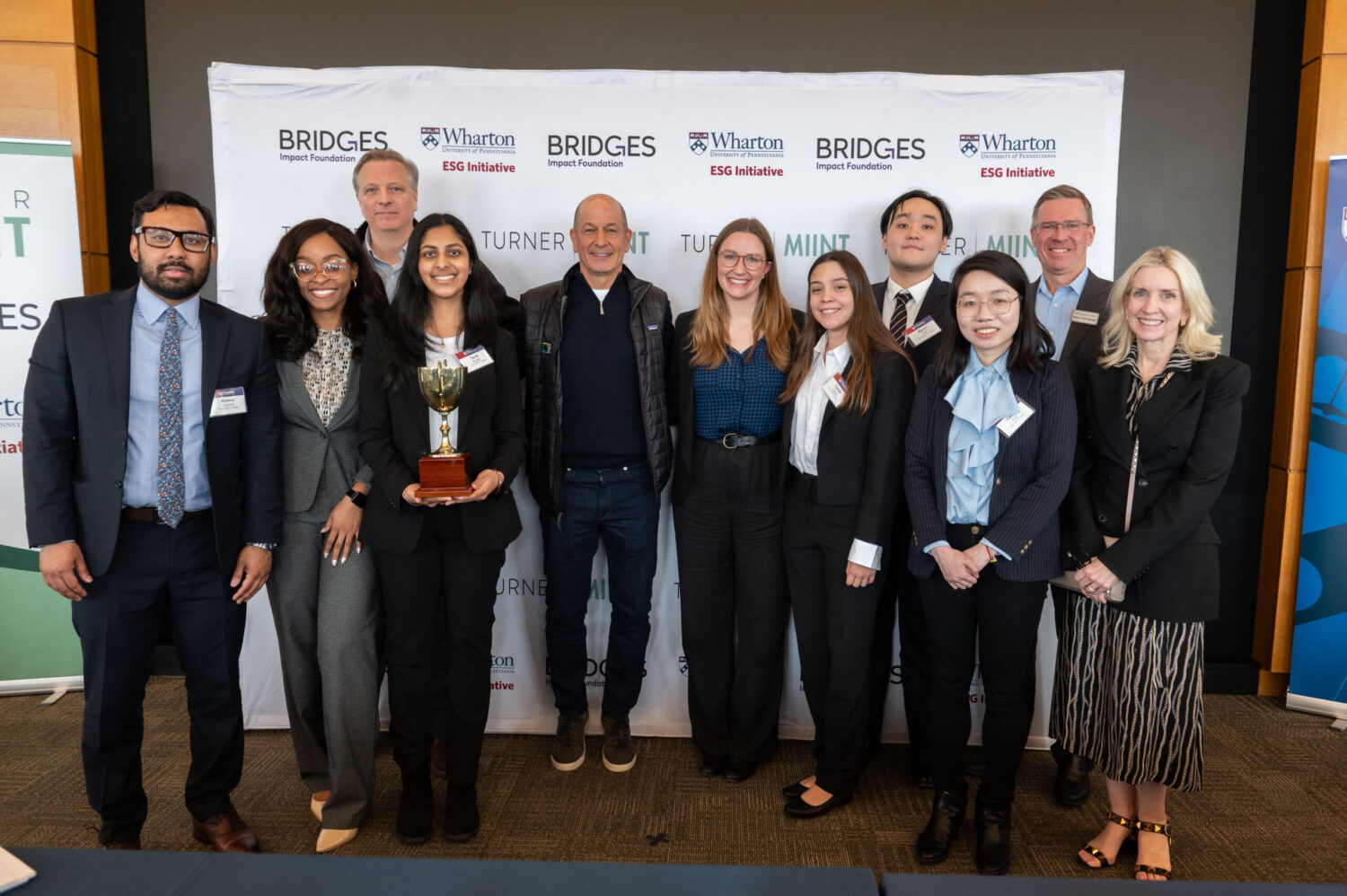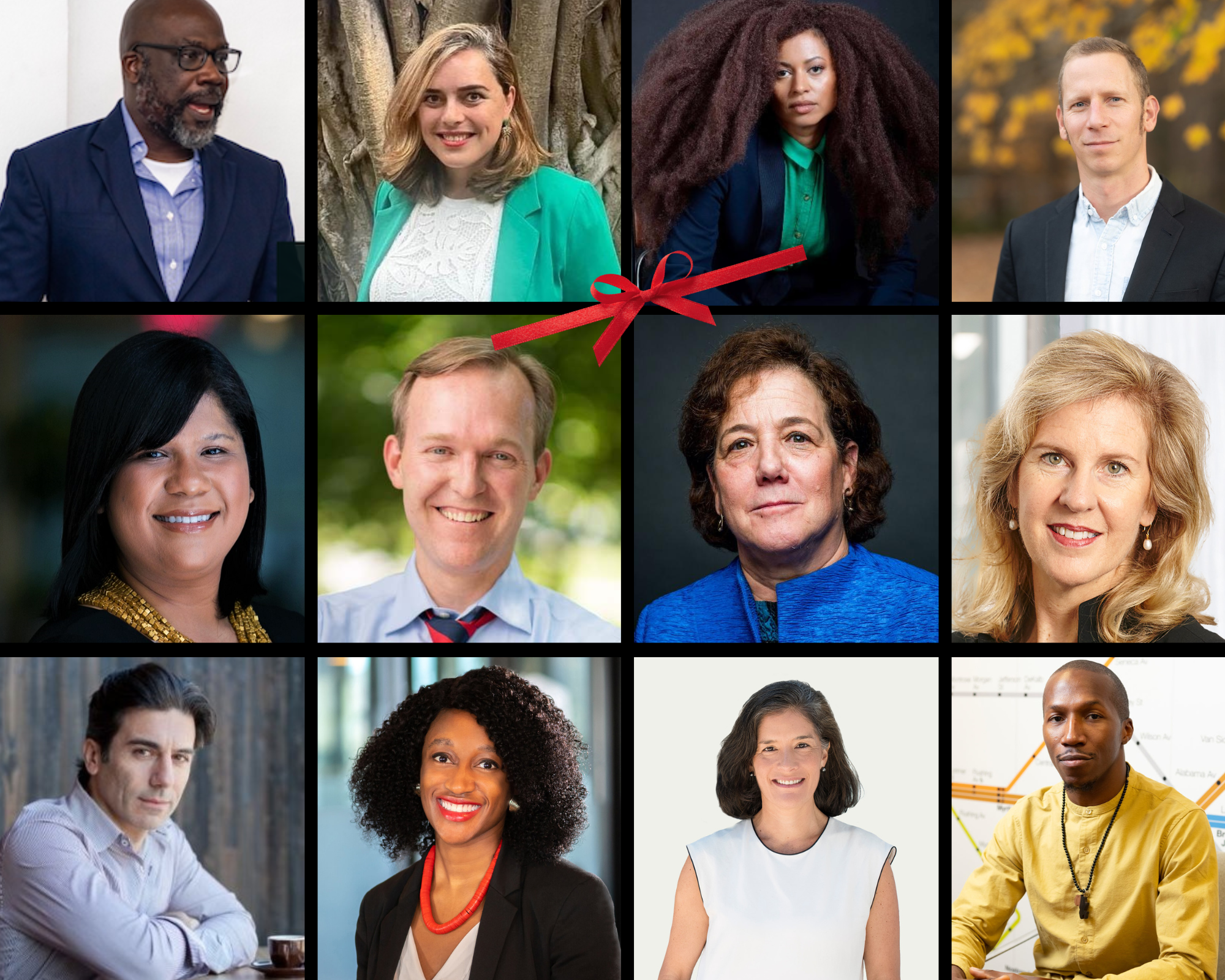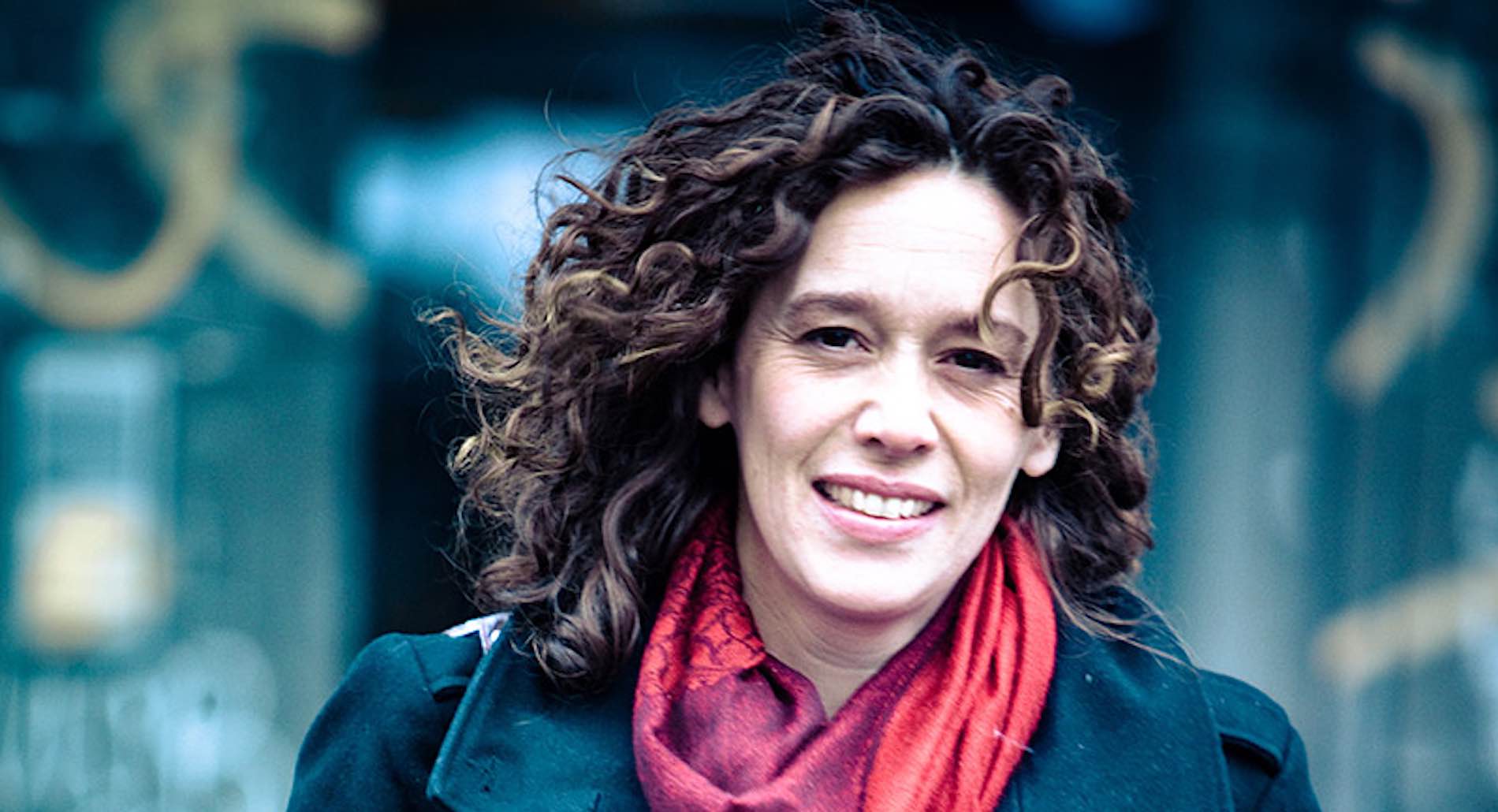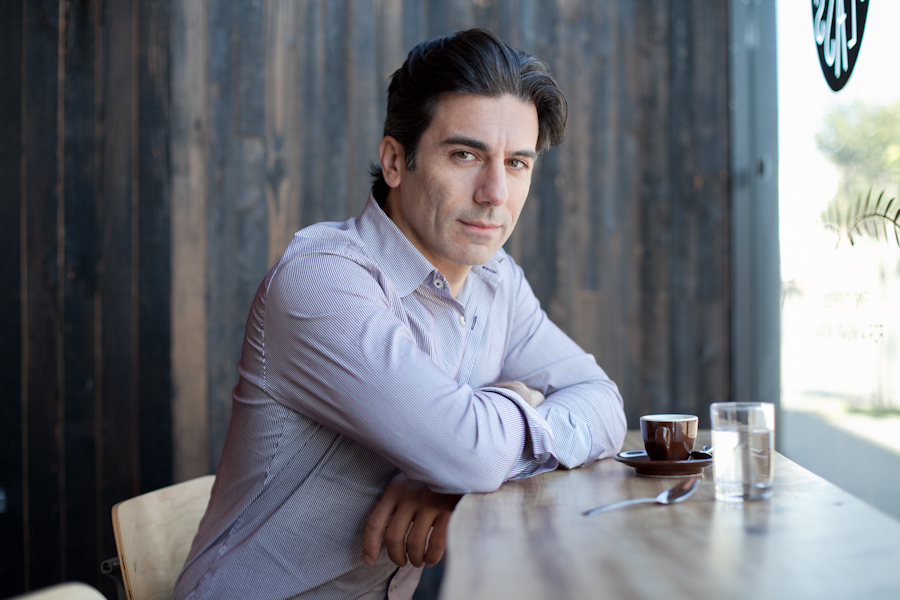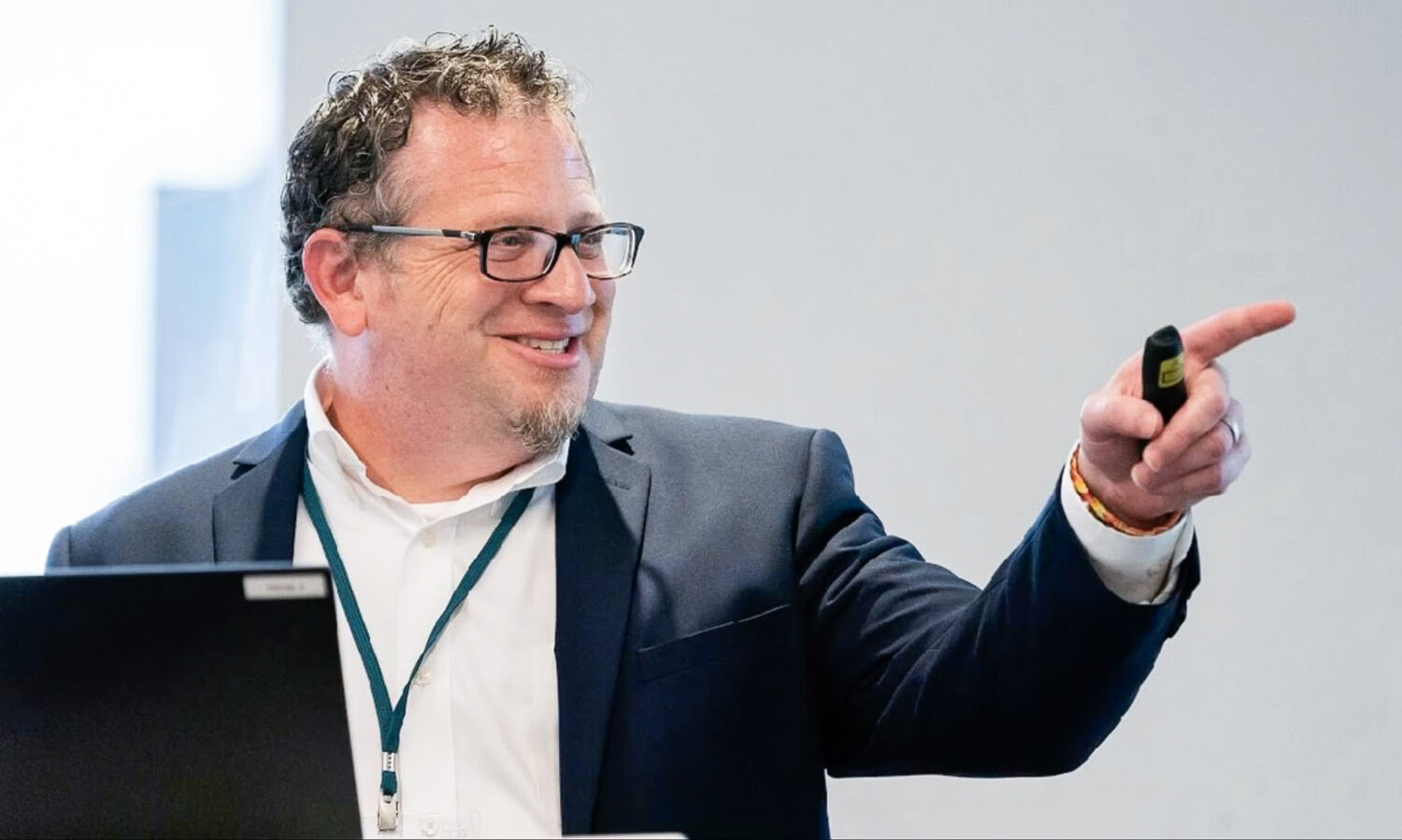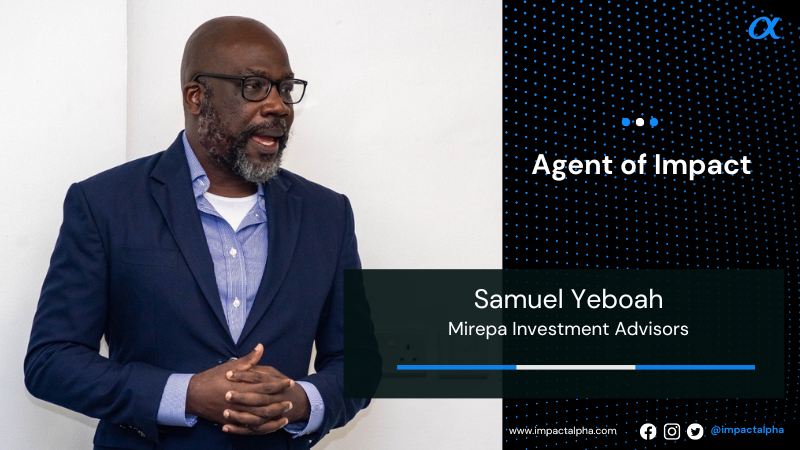ImpactAlpha, Jun. 10 – Payday loans. Car loans. Student loans. “One way to describe our economy is that it’s about draining every ounce of equity out of the neighborhoods that you possibly can,” says BlueHub Capital’s Elyse Cherry, “while complaining about people who don’t pay.”
In contrast, BlueHub’s mission is to build healthy communities by putting equity back in.
The Boston-based community development financial institution this week launched One Percent for America, a portal for simple, unsecured 1% loans to cover the naturalization fees for immigrants eligible to become citizens.
It’s Cherry’s latest effort to tweak tools that have created wealth for middle- and high-income people to solve problems for low-income communities.
Among her many practical innovations are mortgages that have helped nearly 1,000 families facing foreclosure stay in their homes. The initial reaction of traditional capital markets players? “They said, ‘Let me get this straight. What you want to do is lend money to low-income borrowers who have been in default or foreclosure?’” Cherry told ImpactAlpha several years ago. “And I said, ‘Yeah.’”
As a second-year associate at the law firm of Hale and Doerr in 1985, Cherry did the legal work to establish BlueHub, then known as Boston Community Capital, and chaired its board. At a rough patch in 1997, she agreed to become CEO and in the last quarter-century has built its assets to more than $1 billion and $2.5 billion in cumulative investments.
She has been dogged in building up the nonprofit’s own balance-sheet equity so it can launch programs like foreclosure relief and immigration loans on its own. “You can’t do anything if you don’t have money,” Cherry says.
Attracting talent has become a bigger challenge than attracting capital. She reminds recruits, “The most successful deal we do is not going to get you a $3 million bonus on Wall Street.”
And she chides some impact investors for building “castles in the air,” even as she recognizes the power of such narratives.
“Once you sketch that castle you have to run like the devil and shove the bricks underneath, or the thing falls down,” she says. “What we’ve done over time is to put in the bricks, one by one by one by one.”

